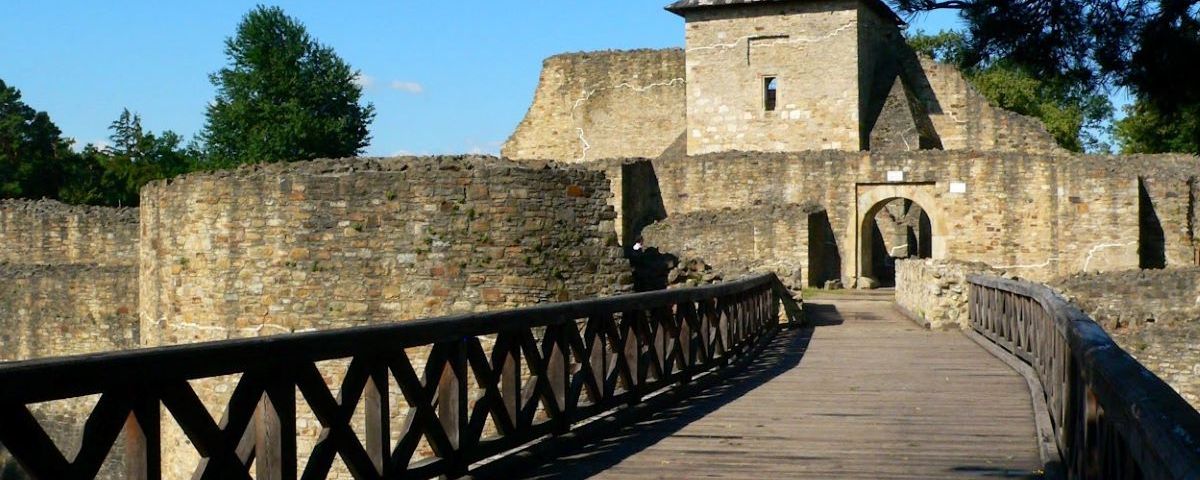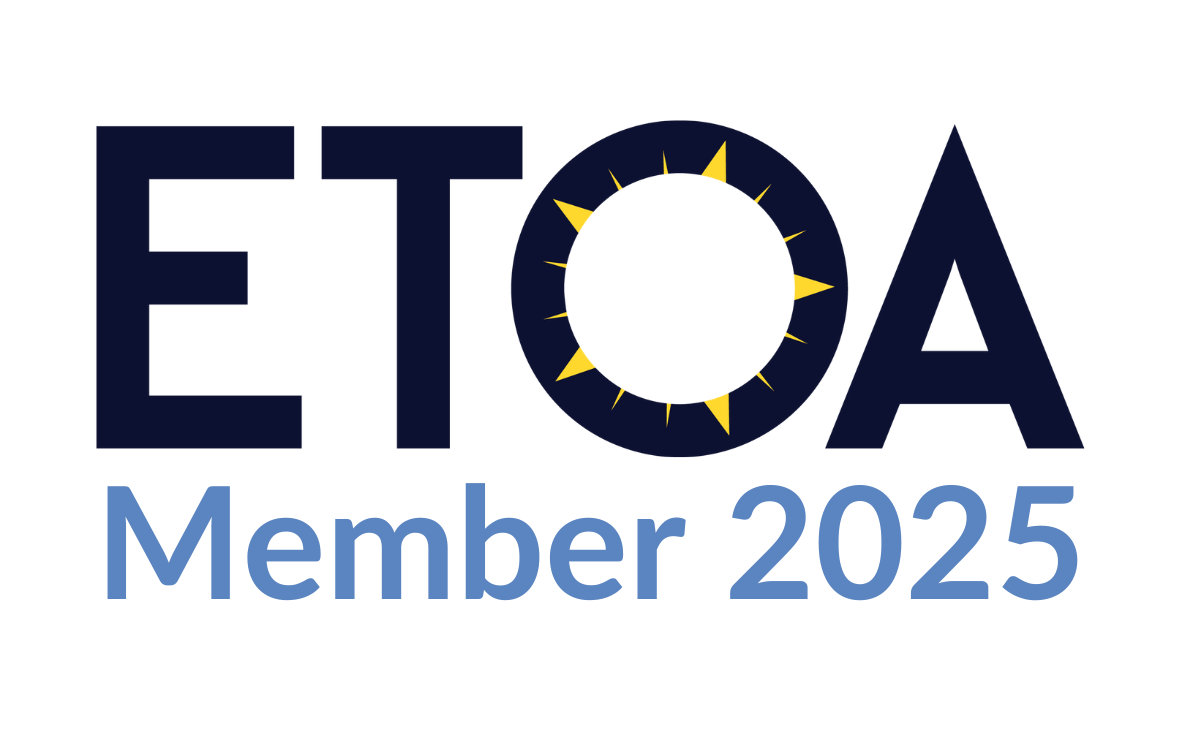Jewish Heritage Tour in Bucovina
Highlights:
Bucharest: The Choral Temple, a stunning Neo-Mudejar structure, The State Jewish Theater, The Jewish Museum, The Great Synagogue, The Yeshua Tova Synagogue.
Iasi: The largest and most important Jewish community of Moldavia lived in Iaşi.
Botosani: Great Synagogue “Hoihe Sil” – built in 1834, very rich decorated, the interior being painted in a naïve way with various moments and scenes of Jerusalem, bible, or tribes of Israel.
Radauti – The Great Temple
Marginea: the famous village for its black pottery.
Moldavian Painted Monasteries – Sucevita, Moldovita, Voronet and Agapia
Piatra Neamt: The Great Temple of the merchants from Leipzig, or the Leipziger Synagogue.
Departures: all year
Duration: 8 days/7nights
PRIVATE TOUR: Private
Day 1: Arrival to Bucharest. Panoramic tour of Bucharest and transfer to the hotel. Overnight in Bucharest.
Day 2. Bucharest and the Jewish community. In Bucharest, Jewish merchants and craftsmen began to settle from the time of an important leader of Wallachia - Constantin Brâncoveanu onwards (16th century), their guilds being located in the middle of the actual city. But the massive input was recorded after the Unification of the Principalities (1859), when lots of them came from the countryside to the new capital.
First came the Sephardic Jews, who fled the religious persecution in Spain, then the Polish Jews and the Ashkenazi followed. As the Jewish community grew, the Jewish Bucharest quarter expanded occupying an important area in the city center - most of them were craftsmen, merchants, political leaders, bankers, doctors, and architects; a very active and prosperous community, in the midst of a rather traditional-rural community.
During the interwar period the Jews had become an important minority of 11% of the city’s population; then the big emigration process took place after the constitution of the Israeli state in 1947 and the nationalization process from 1948.
Before 1940, in Bucharest there were around 60 Jewish synagogues and temples. Unfortunately, in 1941 the legionaries destroyed the largest and most beautiful synagogue in Eastern Europe, burning the legendary Sephardic synagogue Cahal Grande, built in 1818.
Despite the struggling of history, several emblematic buildings such as the Polish Great Synagogue (1847) and the legendary Baraşeum Theater have survived and are waiting the travelers to find more about their stories. Together with them, other important Jewish buildings such as the former Berkowits bank (Noblesse Palace) or “Hanul cu tei” (Linden Inn) are important landmarks of Bucharest.
Long drive to Moldavia region. Today we have two objectives on the list, the synagogues from Bacau and Roman cities.
In Bacau oral tradition claims that the first synagogue was erected in the late fifteenth century, but the oldest documentary reference to the existence of a Jewish community is a tombstone from 1703. The leaders of Moldavia encourage the settlement of the Jews with various privileges as tax exemption.Thus, the number of Jews continue to grow, reaching 11500 in 1915, 60% from the total population of Bacau.
During WWII Jews were victims of discrimination and spoliation, and men were sent to Bessarabia and southern Transylvania to provide forced labor. After the war, Jews from northern Bucovina, which had been occupied by the USSR, settled in Bacau. In 1947 there were 18,000 Jews, but, with emigration process to Israel and elsewhere, the number decreased sharply over the time.
The Grain Merchants' Synagogue, is the only surviving building out of 22 synagogues that existed in Bacau before WWII. The neo-baroque synagogue was built in 1899 and renovated after a fire in 1924.
Next city for today is Roman, placed in the middle of the Moldavian territory. The community of Roman had religious, educational, and cultural institutions. Beside the Great Synagogue, erected in 1830 on the spot of an older building that had burned down, in 1938 there were 16 other places of Jewish worship, most of them erected in the 19th century.
Drive to Iasi at the afternoon. Overnight in Iasi.
This day is dedicated to the city of Iasi, the former capital of the Moldavian Principality, until 1859.
The largest and most important Jewish community of Moldavia lived in Iaşi. The presence of Jews was first documented in the late 16th century when Sephardic Jews arrived accompanying the new rulers appointed by the Turkish sultan. The oldest tomb inscription in the local cemetery probably dates to 1610. They have been granted the right of residence and juridical autonomy, as well as its legal status as a religious guild. As their lifestyle was growing, the Jews were involved in local commerce and trade with Poland and Turkey (including in wine and fish), in the production of local brandy, as well as in crafts. Later, in the 20th century, Jews were active in small industry and crafts, local and international trade, finance, and liberal and intellectual professions (they were doctors, teachers, writers, journalists, bookshop keepers, editors, public servants, and musicians). They also contributed to the setting up of steam mills and mechanical workshops, as well as to organizing freight.
In 1855, the city was the home of the first-ever Yiddish-language newspaper, Korot Haitim, and the birthplace of the Israeli national anthem
The Jewish population of Iaşi increased in the late 18th century with the development of the Moldavian economy, reaching over 50% from the total city’s population in 1899 (39.441). Unfortunately, economic crisis, discriminatory laws (Antisemitism), and emigration made this number to fell in the 20th century.
The situation worsened further when Romania joined the war on the side of Nazi Germany. One week after the war began (29–30 June 1941), the town of Iaşi witnessed an anti-Jewish pogrom, staged by the local authorities with support of German troops. The pogrom had almost 14,000 victims, including those on the death trains.
In 1947, there were about 38,000 Jews living in Iaşi. In June 1947 a monument was erected to commemorate the victims of the 1941 pogrom in the Jewish cemetery in the Păcurari district.
During Communist regime many Jews from Iasi emigrate to Israel when the nationalist tendencies of the official policy became stronger.
The tour starts from the Union Square, the center of Iași. Landmarks worth to mention during the tour:
- “Targu Cucului”, the former Jewish neighborhood, the initial place of settling, known also as “the Flour Market”; here we shall visit The Grand Synagogue, built 1670 on the ruins of a previous religious Jewish construction, believed to be the oldest from Romania.
- The location of the former Theater (summer garden – “Green Apple”), the first professional from the world, dating back since 1876, when a a theatre band played in Yiddish language;
- The Jewish Community, initially known as the ‘Jewish guild’, a cultural enterprise organizing shows, conferences, commemorations, film broadcasting as well as having a Kosher restaurant.
- The biggest Jewish cemetery from Romania, placed in Pacurari neighborhood, the burial place of the pogrom victims from 1941.
Free afternoon at your disposal, giving the opportunity to visit other attractions of Iasi, as Golia Monastery (1650-1660), the “Sfintii Trei Ierarhi” Monastery (1637-1639) or the Palace of Culture (1906-1925)
- Professional guide assistance, English speaking (or other languages upon request), during the whole trip;
- Transport by private modern AC car/mini-van (fuel and parking fees incl);
- Airport pick-up, drop-off;
- 7 night accommodation, breakfast included, in 3* and 4* hotels/pensions;
- City tour in each city in the trip.
- Entrance fees to the touristic attractions;
- Photography fee;
- Meals, other than those mentioned in the itinerary;
- Other expenses (such as souvenirs, room service, tips and so on).





.png)




